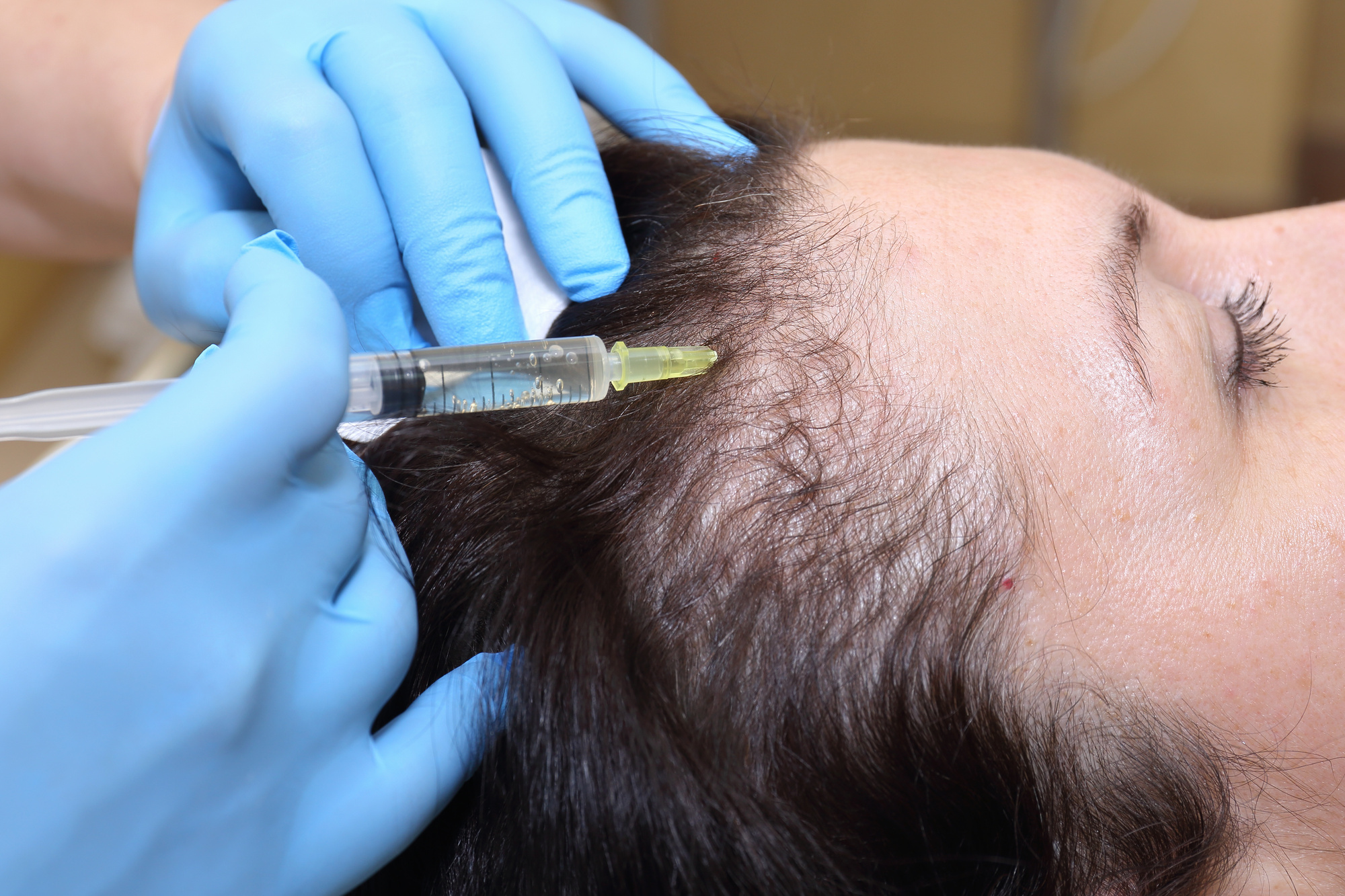Have you begun to notice your hair thinning, especially around the temples? Is your hairline looking higher than ever? Do you find yourself losing more hair than usual?
If so, you might be at the onset of hair loss.
While that might sound terrifying (especially if you’ve always had a lot of hair), it’s important not to panic—hair thinning and hair loss is perfectly normal. By age 50, around 85% of men have experienced some level of it. Women can also experience hair loss.
And, aside from being common, there are more hair restoration methods than ever today. From medication to surgery, there’s an option out there for everyone.
Today we’re going to look at some of the different types of hair loss treatment. By the time you finish reading, you’ll have a clear idea of what your options are.
Read on to learn about some of the best hair restoration techniques you have to choose from.
Hair Loss Medication
Unless you’re considering surgical hair restoration, it’s important to act early on.
That’s because while hair loss medication can be effective, it won’t make much of a difference if you’ve already lost most of your hair. Once your hair follicles become dormant, they won’t grow hair again. In general, medication works to stall or limit the effects of hair loss, not prevent it altogether.
Androgen-dependant medications are one type. These stop the growth of a hormone linked with balding and take around three months for noticeable results to develop. Only men can use androgen-dependent medications.
Androgen-independent medications dilate blood vessels in your body, which in turn leads to hair growth. Both men and women can use them.
Supplements
Many people claim that certain supplements can help with hair thinning and even hair loss. While individual results may vary from patient to patient, it’s important to understand that no conclusive studies have found supplements to be effective.
That being said, you can always use products that help strengthen your hair. Special shampoos, conditioners, and products can help with this.
These types of products won’t be able to help with issues like male pattern baldness. However, they can help ensure that the hair you do have is healthy and strong, and therefore much less likely to fall out.
Surgical Hair Restoration
If your hair loss is already severe or you don’t want to worry about having to buy products, you might want to consider a more permanent option. That’s where surgical hair restoration comes in.
A hair transplant is the only real way to restore hair to areas that would otherwise be bald. The word “surgery” might sound scary, but the truth is that modern medical advances have come a long way. Today, discomfort levels for patients are at an all-time minimum.
There are several different types of hair transplants that patients can choose to get. Let’s take a look at two of the most popular ones:
The FUT Method
FUT, or Follicular Unit Transplant, is the type of operation that most people are familiar with. This is when doctors take a strip of hair from a donor site that has substantial amounts of hair. Most of the time, this location is the back of your head.
Surgeons separate your hair follicles off of the strip of skin that they take and get them ready for hair transplant. They then make tiny holes in the recipient site. After doing that, they attach the hair follicles into the holes.
While this method is the most common one and is incredibly effective, it does have a few downsides. The surgery can be lengthy, and depending on the strip of skin needed, patients may leave the operation with an incision scar on the back of their heads.
The FUE Method
FUE, or Follicular Unit Extraction, is a newer type of surgery. In many ways, it works similarly to the FUT method. However, surgeons try to avoid some of the downsides of FUT while doing it.
With the FUE method, instead of using a strip of skin, surgeons take hair follicles from the scalp and apply them to the recipient site. This prevents patients from getting a scar on the back of their heads. It also helps to shorten the recovery time needed to bounce back after the operation.
Technology and the FUE method go hand in hand. It’s no wonder many people dub it the robotic hair restoration method.
Scalp Micropigmentation
Another more recent innovation, scalp micropigmentation is when doctors apply medical-grade tattoos to your head. This gives the appearance of a full head of hair but keeps you from having to enter actual surgery.
Unlike some of the other options mentioned in this guide, scalp micropigmentation is non-invasive and provides recipients with results the moment they leave the office.
While many people use scalp micropigmentation to combat hair thinning, it also works well in conjunction with a hair transplant. The two procedures help your hair look fuller and more luscious than ever before.
Hair Restoration Made Simple
Hair loss can be a confidence-damaging experience for men and women of all ages. However, thanks to new medical advances, it’s easier than ever to combat.
Use this guide as a resource to help you better understand the treatment options you have available. Weigh the different options, consult with a professional, and choose the best hair restoration method for you.
Do you now have a better understanding of the different types of hair loss treatment? If you do, spend some time checking out the rest of our site. You’ll find tons of other great content like this.



























